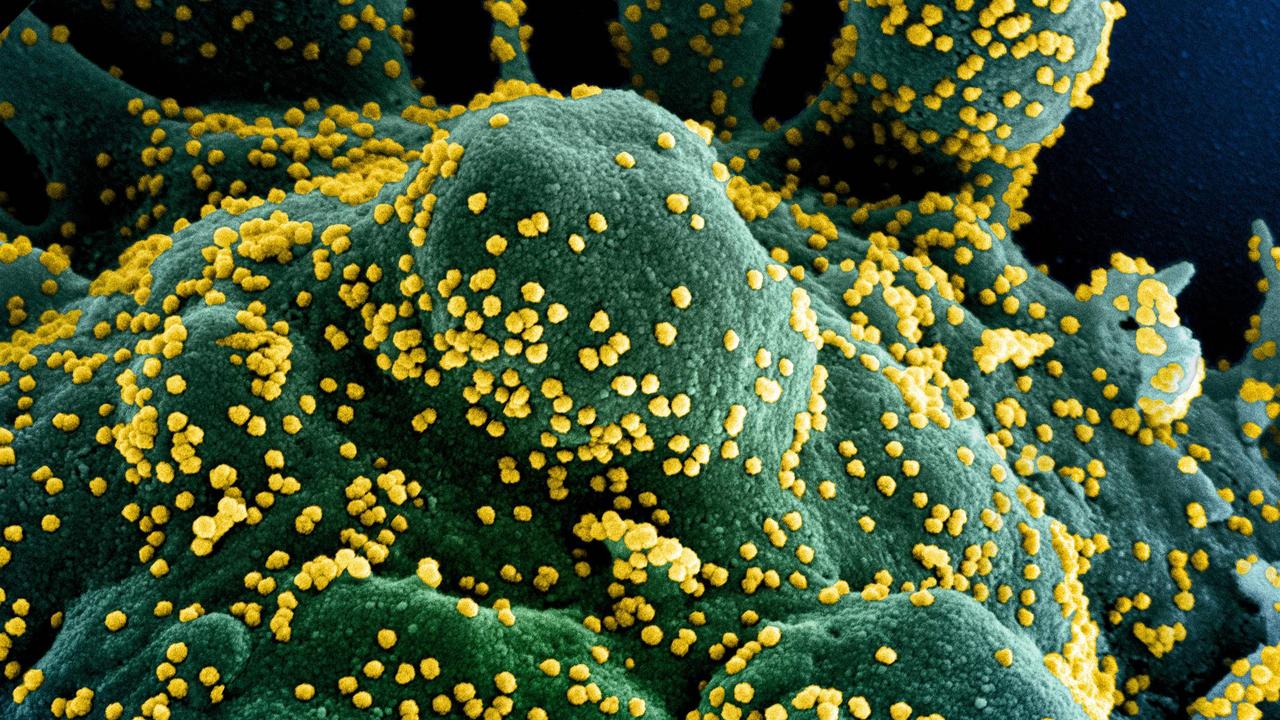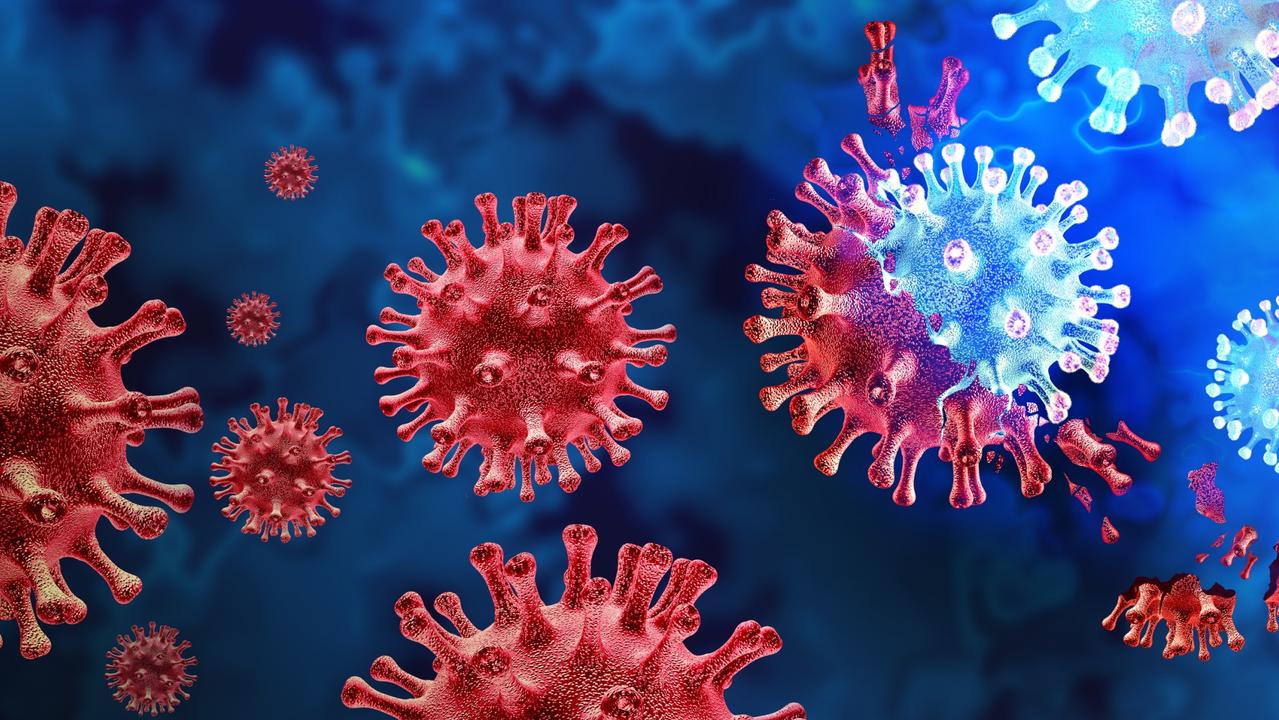Three mutant COVID strains overwhelm world leading to vaccine fears
Vaccinations are being rolled out, but it’s a race against time as a deadly new threat overwhelms the world, leaving COVID uncontrollable.
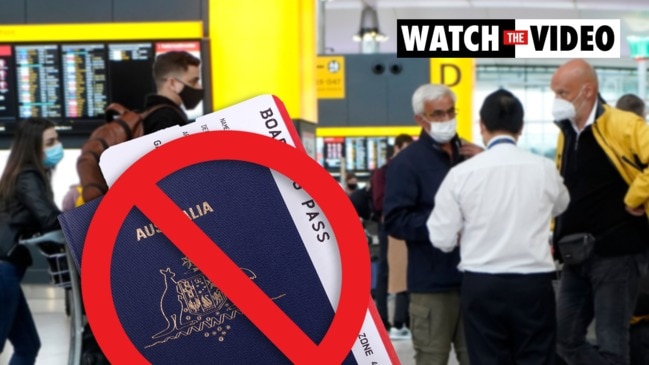
An explosion of new COVID-19 strains is shaking the world. Now, even as hopes surge amid mass vaccine rollouts, we’re in a race against time before the virus finds a way to fight back.
It’s no surprise.
But the early appearance of mutated versions of the virus means governments globally will have to fast-track a new “arms race” to keep on top of the pandemic.
“World leaders are rattled as several new variants have taken hold,” says Centre for Strategic and International Studies (CSIS) health policy analysts Anna McCaffrey and Stephen Morrison. “They confer a new competitive edge to the virus and threaten to change the pandemic game fundamentally, at the very moment when many countries are facing runaway outbreaks and worsening economic and social crises.”
Suddenly, it seems new strains are popping up everywhere: United Kingdom, South Africa, Brazil, and now the United States.
“The fear is that those advantaged strains may become dominant, making outbreaks far more difficult and costly to control,” CSIS warns.
RELATED: Why Aussie vaccine rollout shouldn’t be paused
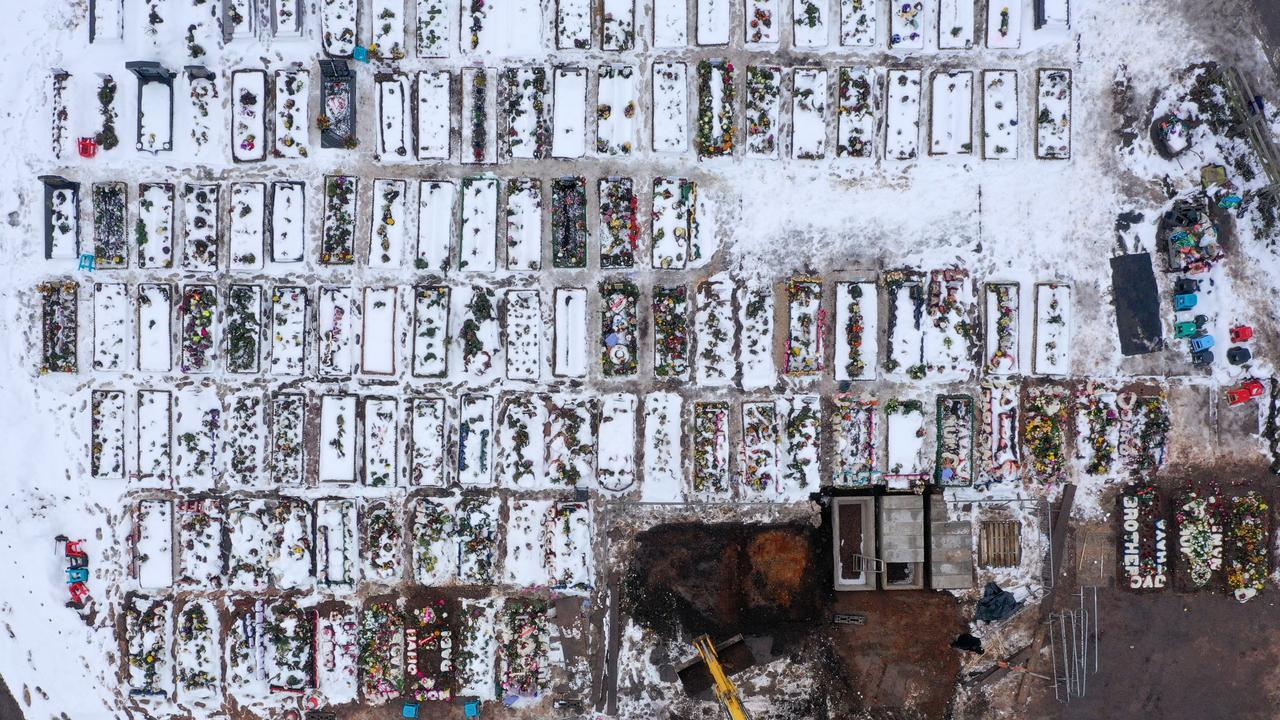
We still don’t know much about COVID-19.
Experience has taught us it is remarkably infectious. It has demonstrated various, unexpected ways of attacking our immune systems.
Science is slowly figuring out how, but the virus is a moving target.
Breakthroughs are made, circulated, tested and turned into action – such as vaccines. But the virus is changing even as these processes unfold.
“We will see viruses mutate to evade antibody responses. We may see them become better adapted as the virus adjusts to its new host. This is what viruses can do,” says UNSW Kirby Institute associate professor in immunovirology Stuart Turville.
REFINED COVID
“The rapid appearance of these changes is faster than expected. It’s the consequence of a biological event. But we do not know what that event or collection of events that would be,” Associate Professor Turville says.
Three mutations in particular have scientists concerned.
Variant B.1.1.7, initially identified in the UK, has optimised itself to quickly and efficiently infect human cells. It’s some 50 per cent better at infecting new subjects than the original COVID-19 and is behind the recent explosion of hospitalisations within the UK.
Variant B. 1.351, initially identified in South Africa, and Variant P. 1, found in Brazil, have begun to “harden” themselves against human antibodies, therapies and vaccines. B. 1.351 is proving resistant to the few treatments available, such as convalescent plasma (antibodies taken from recovering patients). Early indications are P. 1 is also much better at overcoming our immune systems.
And that’s what has alarm bells ringing. It’s been identified as a “Variant of Concern” by the World Health Organisation.
RELATED: Why NZ travel bubble got derailed
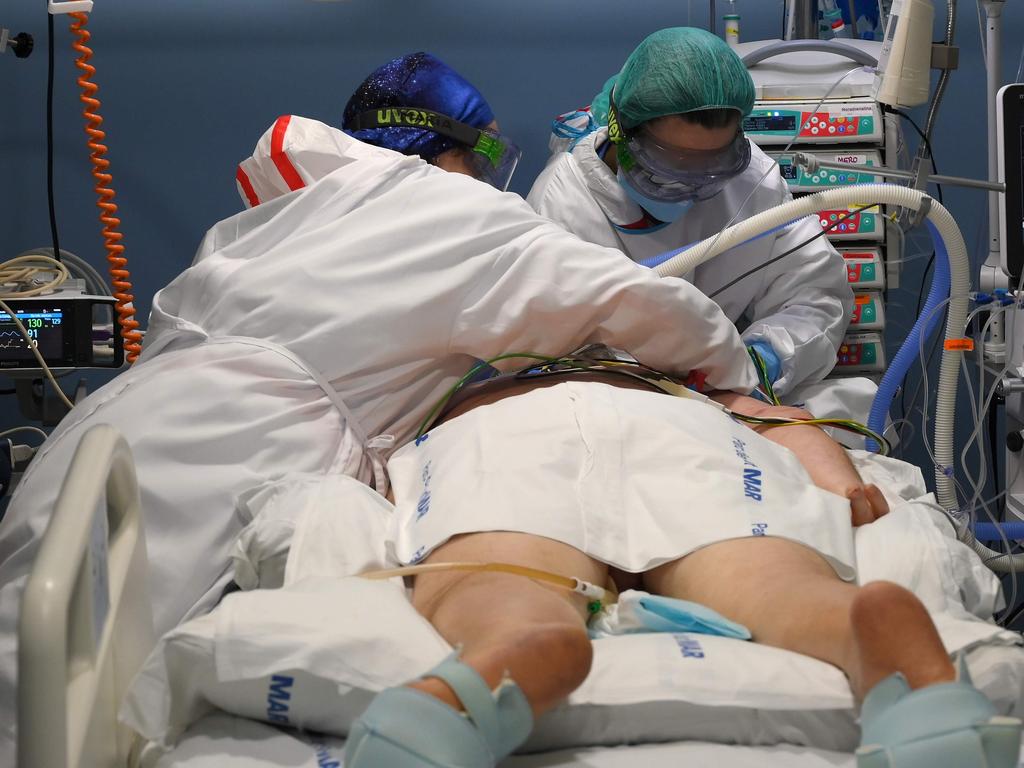
RELATED: UK virus strain 30-90 per cent more deadly
“The South African and Brazilian variants … both have a change that can reduce antibody binding (e484k),” Associate Professor Turville says. “This change has also been linked to reinfection. Reinfection is evidence that immunity generated in the first infection is not strong enough to prevent a second infection.”
P. 1 has some 20 mutations over the first identified COVID-19 strain. Whether or not it is resistant to available vaccines has not yet been firmly established.
But it does mean a window of opportunity may be closing.
“We never see viruses now that look exactly like what was in Wuhan in 2019. Every one we see now (already) has a change known as the D614G mutation and often other small mutations,” Associate Professor Turville says.
This means existing vaccines will have an expiry date. How long that is will be determined by the genetic “roll of a dice” made by the virus every time a new person gets infected.
“To date, we have yet to see a single virus mutant with complete immune evasion that would make a vaccine useless,” he says.
EVOLUTION IN ACTION
COVID-19 is itself a mutation.
That’s what enabled it to jump from the wild (probably in bats) to humans.
It differs from other types of coronavirus in its ability to latch on to human respiratory cells. Once there, they can break open that cell – and replicate.
It could have been a natural mutation. It could have been an unfortunate accident.
Viruses can “pick up” pieces of other viruses. One of those fragments of genetic code could have held the key to human cells.
These are called spike proteins – little studs on the surface of a virus cell that attempt to attach themselves to host cells. Different configurations allow them to access cells with varying degrees of effectiveness. Like a key.
Some keys are poor fits – like a badly cut copy. Others fit well. Still others can crack more than one lock.
Some of these open up new opportunities for a virus.
“While many mutations have had no meaningful effect, certain mutations have emerged that confer an advantage to the virus as it infects people and invades their cells,” the CSIS paper states.
It gets a competitive edge. And that enables it to reproduce easier.
“Wherever the virus continues to spread unabated, there is the potential for a new variant to emerge that can overcome natural immunity, vaccines and therapies – everywhere,” the CSIS analysts warn.
In the US, it is estimated some 30 per cent of the population – about 100 million people – have contracted the virus. Similar rates of infection have been seen in the UK and Brazil.
“This explosive spread has given the virus nearly unlimited potential to mutate,” CSIS states.
RACE AGAINST TIME
What’s the best way to slow the rate of mutation?
Don’t catch COVID.
Transmission controls such as masks, social distancing, avoiding crowds and confined spaces remain the fundamental weapons in fighting the pandemic. Rapid rollout of vaccines will also help. But only if an overwhelming percentage of the population takes them.
“The more people are vaccinated, the less the virus can circulate and the more difficult it will be for new variants to take hold,” the CSIS report argues. “If manufacturing or supply chain problems result in delays … we could enter unknown territory in terms of vaccine efficacy and safety.”
We are now seeing the new virus strains adding pressure to health systems already at breaking point in the UK and US.
B.1.1.7 (the UK mutation) is expected to become the dominant US strain by the end of March. B. 1.351 and P. 1 will likely follow hot on its heels.
“Fortunately, the s477n variant in Australia [a fast-spreading mutation seen in Victoria’s second wave] is no longer observed in the community – we can thank our response in Victoria to getting rid of that one here,” Associate Professor Turville says.
But CSIS warns the new strains could exacerbate the pandemic, especially in the US. New US President Joe Biden will have his work cut out for him. Unemployment is soaring, with one million people put out of work in the first week of 2021 alone.
“The national vaccine rollout thus far has been utterly calamitous,” they say. “The variants are accelerants and amplifiers. They leave the US government with even less time to respond to the growing COVID-19 crisis – and the cascade of crises it has generated – both at home and abroad.”
Identifying mutations early is our best hope.
New characteristics must be identified, assessed – and counteracted.
“Research on the new variants is just beginning and the full implications of their emergence remain unclear,” the CSIS report warns. “One thing is clear: These new variants are generating new levels of anxiety and threatening to up-end the best-laid plans for COVID-19 prevention and control”.
Associate Professor Turville says the world must put extra effort into genomic surveillance of the virus. Only then can new measures be put in place before mutations take hold.
Australia’s strategies have worked well so far, but, he warns, “The virus appears to have raised the bar.
“In most cases, it will be hard-hit countries such as the UK that will globally inform us with respect to increased risk of a newly emerging variant. We are in a good space with respect to the pandemic as we have limited community spread and will follow this story from a distance.”
Jamie Seidel is a freelance writer | @JamieSeidel



